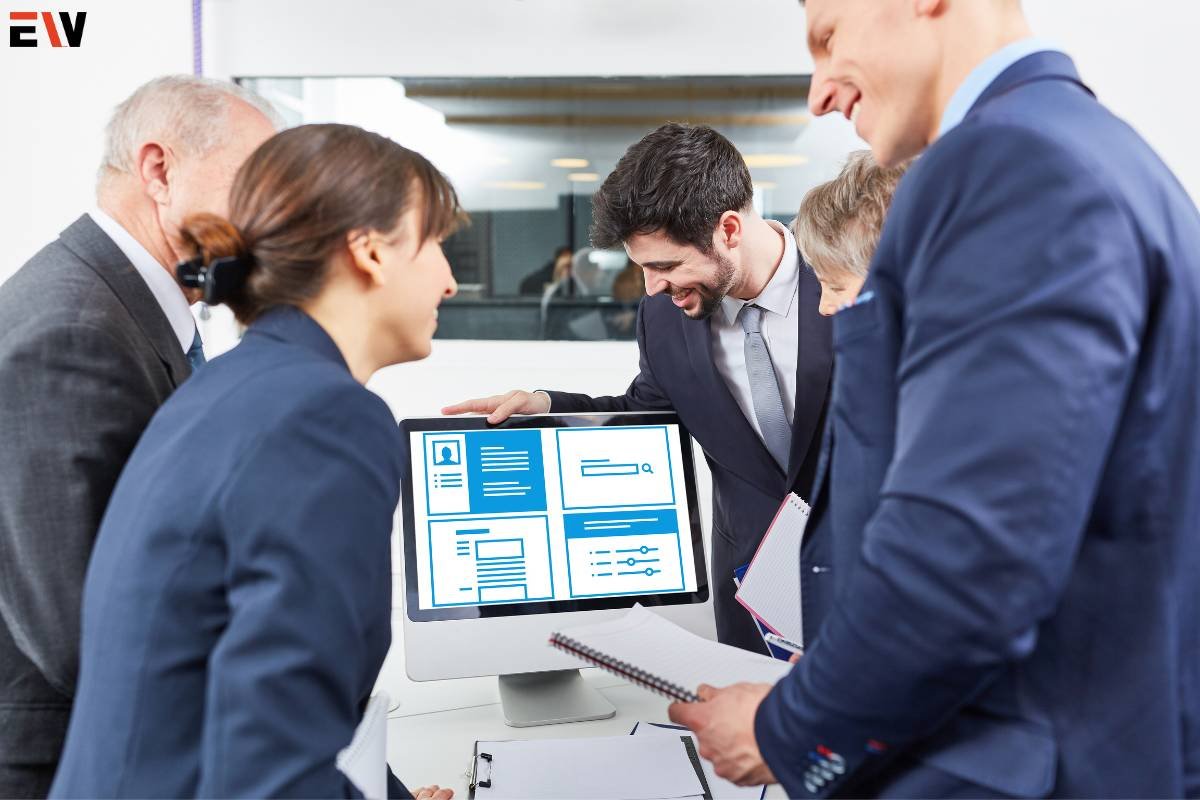Web forms are a crucial component of any website that aims to convert visitors into customers or leads. However, it can be frustrating when your web forms aren’t generating the results you want. The good news is that there are several ways to boost your web form conversion rates by 25-40% or more. In this article, we’ll outline some effective strategies for optimizing your web forms and boosting conversion rates.
Here are 10 effective strategies to boost your web form conversion rates by 25-40%:
1. Simplify Your Forms
The first step to boost your web form conversion rates is to simplify your forms. Long, complicated forms can be overwhelming and discouraging for visitors, leading to high bounce rates and low conversion rates. Simplifying your forms involves reducing the number of fields, eliminating unnecessary questions, and making the form easy to fill out.

To simplify your forms, consider the following:
- Only ask for essential information that you need to follow up with visitors
- Use fewer form fields
- Use drop-down menus and checkboxes to minimize typing
- Use pre-populated fields to make it easier for users to fill out the form
2. Use Clear and Compelling Headlines
Your form headlines play a crucial role in attracting visitors’ attention and encouraging them to fill out the form. The headline should be clear, concise, and compelling, highlighting the benefits of filling out the form.
To create clear and compelling headlines, consider the following:
- Use action-oriented language that conveys value
- Emphasize the benefits of filling out the form
- Keep the headline short and to the point
- Use strong and attention-grabbing words
3. Provide Contextual Information
To boost your web form conversion rates, it’s essential to provide visitors with contextual information that helps them understand why they should fill out the form. Contextual information can be in the form of copy, images, or videos.
To provide contextual information, consider the following:
- Use copy to highlight the benefits of filling out the form
- Include customer testimonials or reviews to build trust
- Use images or videos to demonstrate how the product or service works
- Use statistics to showcase the impact of your product or service
4. Optimize Your Call-to-Action

The call-to-action (CTA) is a critical component of any web form. The CTA is what encourages visitors to take action and fill out the form. To optimize your CTA, consider the following:
- Use action-oriented language that conveys value
- Make the CTA stand out visually using color or size
- Use first-person language (e.g., “I want to download the ebook”) to make it more personal
- Place the CTA above the fold so that visitors don’t have to scroll down to find it
5. Implement Progressive Profiling
Progressive profiling is a strategy that involves gradually collecting information from visitors over time, rather than asking for everything upfront. By implementing progressive profiling, you can boost your web form conversion rates by reducing form abandonment and improving the user experience.
To implement progressive profiling, consider the following:
- Collect essential information first, then gradually collect additional information over time
- Use smart forms that remember visitors’ previous inputs and adjust the form fields accordingly
- Use conditional logic to show or hide form fields based on previous inputs
6. Use A/B Testing
A/B testing is a powerful technique for optimizing web forms and increasing conversion rates. A/B testing involves creating two versions of the same form, with one variation being the control (the original form) and the other being the test (the modified form). By randomly displaying the two versions to visitors, you can determine which version performs better and use that as the new control.
To use A/B testing, consider the following:
- Test one element at a time (e.g., form headline, CTA, form length)
- Use a statistically significant sample
- Run the test for a sufficient duration to collect enough data
- Use A/B testing tools to streamline the process
7. Use Social Proof
Social proof is a powerful psychological concept that involves leveraging the behavior of others to influence our own behavior. By using social proof in your web forms, you can increase conversion rates by building trust and credibility with visitors.
To use social proof, consider the following:
- Include customer testimonials or reviews to showcase the benefits of your product or service
- Display the number of people who have already filled out the form
- Use social media buttons to show how many people have shared your content or filled out your form
8. Optimize for Mobile Devices
In today’s mobile-first world, optimizing your web forms for mobile devices is essential for increasing conversion rates. Mobile optimization involves designing forms that are easy to read and fill out on smaller screens, with large buttons and simple form fields.

To optimize for mobile devices, consider the following:
- Use responsive design to ensure that your web form adjusts to different screen sizes
- Use large, easy-to-click buttons and form fields
- Use vertical form layouts to make it easier for visitors to fill out the form
9. Use Personalization
Personalization is a powerful technique to boost your web form conversion rates by tailoring the form experience to the individual visitor. By using data such as previous behavior or location, you can personalize the form experience and increase the likelihood of conversion.
To use personalization, consider the following:
- Use dynamic form fields that adjust based on the visitor’s location or previous behavior
- Use personalized copy that speaks directly to the visitor’s needs and interests
- Use personalized images or videos that showcase how the product or service can benefit the visitor
10. Use Exit-Intent Pop-Ups
Exit-intent pop-ups are a powerful technique to boost your web form conversion rates by targeting visitors who are about to leave your website. These pop-ups appear when a visitor’s mouse cursor moves toward the back button, giving you one last chance to capture their attention and encourage them to fill out the form.
To use exit-intent pop-ups, consider the following:
- Use a clear and compelling headline that highlights the benefits of filling out the form
- Use a strong call to action that encourages visitors to take action
- Use an eye-catching design that stands out from the rest of the page
BOTTOM LINE
Boost your web form conversion rates is a complex process that involves optimizing several different elements of your web form. By simplifying your forms, using clear and compelling headlines, providing contextual information, optimizing your call-to-action, implementing progressive profiling, using A/B testing, using social proof, optimizing for mobile devices, using personalization, and using exit-intent pop-ups, you can boost your web form conversion rates by 25-40% or more.










